A Christmas Stocking Full of Welsh History about Socks!
, 4 December 2020
As it’s time to hang up Christmas stockings once more, we thought we’d delve into our archives and ask Mark Lucas, Curator Woollen Industry at the National Wool Museum, about the history of the humble stocking here in Wales. As it happens, there’s quite a lot to tell, and if you find yourself inspired to have a go at knitting your own Christmas stocking, we’ve got an easy-peasy pattern to help you do so.
Stocking knitting in Wales
Wales has a long tradition of stocking knitting; in the eighteenth and nineteenth centuries, stocking knitting contributed to the domestic economy in rural Wales. The knitting of stockings would be done around the hearth in the winter months with the whole family involved. In fact, Noson Weu (Knitting Evening) was a tradition in rural Wales, when neighbours would gather together to knit as a social gathering listening to an old tale, some ancient songs or the harp.
Bala and Tregaron became the main areas for stocking knitting and held large markets three times a month. In 1851 there were 176 hosiers in the district around Tregaron.
Gwlana Wool Gathering is another old Welsh custom. Groups of women would follow drovers or walk along routes known as llwybrau gwlana, woollen paths. They gathered the scraps of fleece from the fields and hedge groves, constantly bending, reaching and plucking every piece of precious wool. The women would stop at farms along the way exchanging shelter, food and local news for odd jobs. If they were lucky, the farmer would have saved a fleece for the women. The right to gather the wool was valuable and young women who were employed as servants would make sure that they were given the two weeks off for wool gathering each year. The women would return home with their heavy sacks of wool, they washed and spun the yarn to use for knitting stockings and other garments.
Gwlana Diorama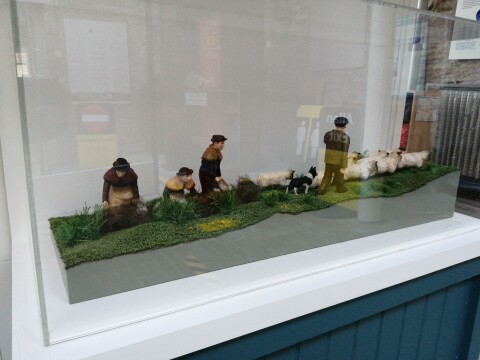
Due to lack of transport in rural Wales if people had to travel, they would walk and while walking women would knit using a yarn hook. A yarn hook is in S shaped with one end attached to the waist band and a ball of yarn attached to the other allowing for both hands to be free to knit while walking. In nineteenth-century Cardiganshire women would carry peat from the mountains to use for fuel, they carried up to 27kg of peat in baskets on their backs leaving their hands free to knit as they walked. Women were also known to knit on the way to chapel but would stop before they entered sacred ground.
Yarn hook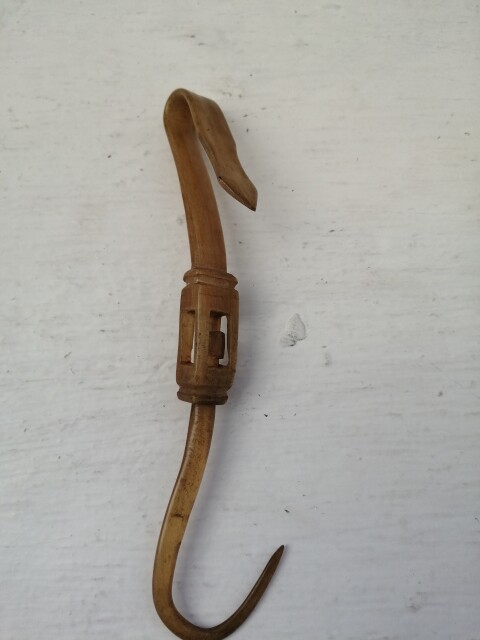
Knitting needle sheaths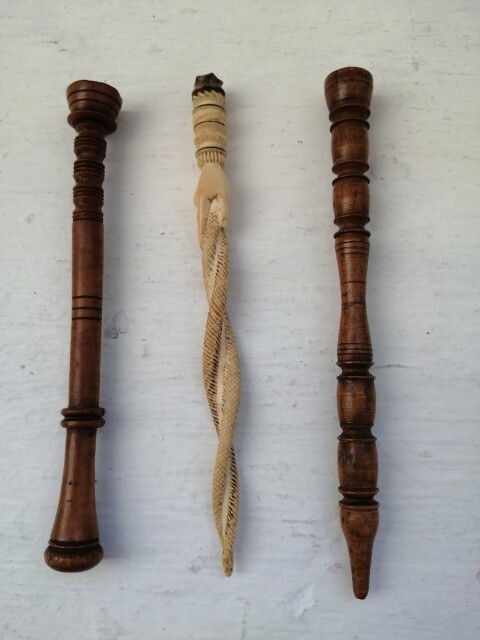
A Welsh custom is to give knitting sheaths as love tokens. These were skilfully and elaborately carved by a suitor to give to their sweetheart. They are generally carved from wood but there are examples made of ivory and metals.
Stocking knitting machine details 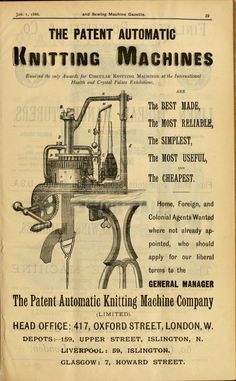
The North Wales stocking industries supplied 300,000 pairs of socks to the allies during World War One
In 1966, Dreifa Mill in Cwm Morgan owned and operated by David Oliver could produce 7 pairs of stockings an hour and regularly made 250 pairs a week using electric operated stocking knitting machines.
An example of Corgi socks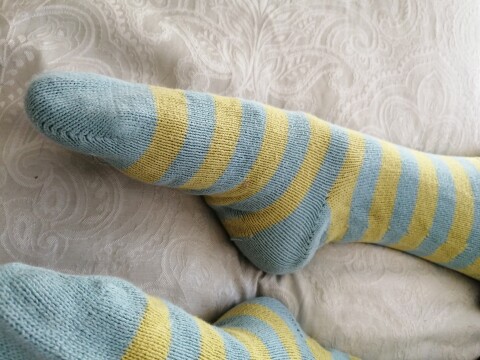
Knit your own Christmas stocking
Stockings on display at the National Wool Museum.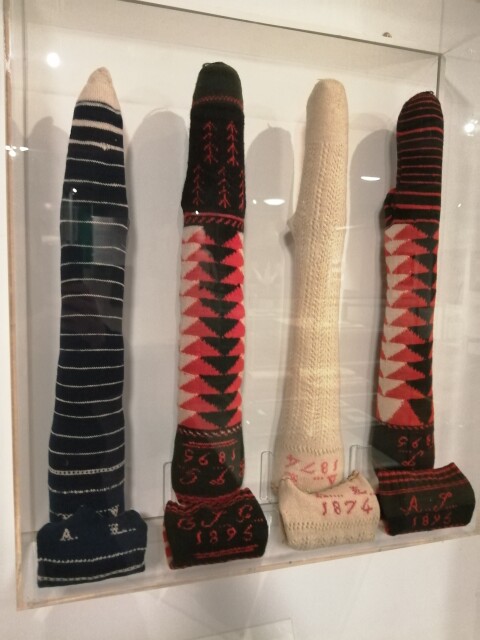
Download our easy-peasy christmas stocking knitting pattern here
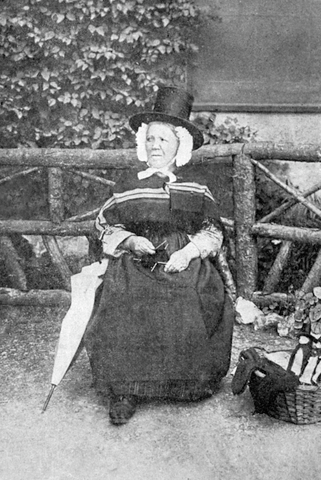





Comments - (1)
Is it 1966 or 1866 that Dreifa Mill was producing the stockings?